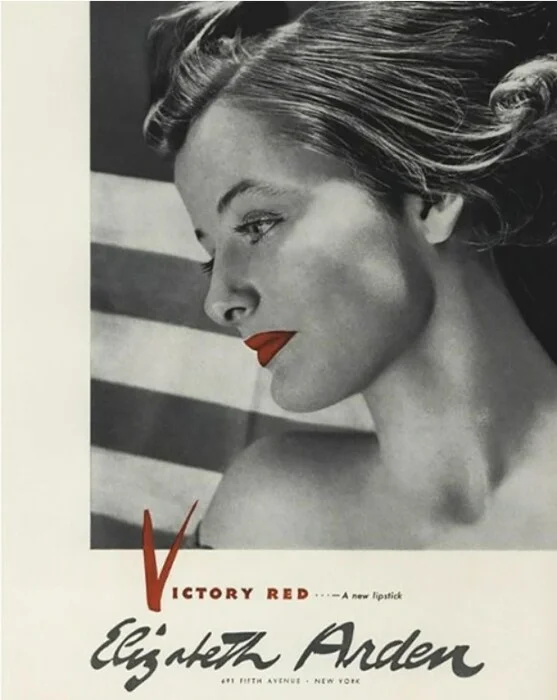Why Adolf Hitler hated red lipstick but women loved it during World War II?

Some historians claim that women began to paint lips more than five thousand years ago, and the Sumerians were the inventors of this cosmetic product. Others are inclined to believe that ancient Egypt was the birthplace of lipstick.
However, whatever it was, but in the XX century, lipstick already became a familiar cosmetic product that was used everywhere. Red lipstick was very popular, but Adolf Hitler simply hated it. Why?

Special role
Already at the beginning of the twentieth century, red lipstick acquired a special meaning for women all over the world. Participants in the movement for women’s suffrage fought desperately to ensure that the role of the fair sex was not limited to household chores.
They were ready to remain caring wives, neat housewives, loving mothers, but at the same time, they wanted to participate in political life, do business, and have equal rights with men.

For them, red lipstick has become a symbol of dedication to their ideals associated with courage, confidence, and femininity. It was thanks to the suffragettes that the opinion about women with red lipstick changed. If earlier this color was associated with women of easy virtue, dancers and actresses, now pious girls could well afford scarlet lips.
When a march of women was held in New York, eager to win the right to vote in elections, Elizabeth Arden, the creator of the cosmetics brand, went outside with her employees from her salon and began to distribute tubes with red lipstick to participants in the procession.
A year later, about five thousand women who marched in Washington, painted their lips with scarlet lipstick. The situation was the same in other countries: women fighting for their rights went out to the action with red lipstick on their lips.
World War II
When World War II broke out, red lipstick took on a special position again. It became a symbol of resistance. Women with red lipstick on their lips seemed to declare that no horrors of war could break them. And they can maintain their attractiveness no matter what.
While many products were distributed by cards, many were of the opinion that cosmetics in general and lipstick, in particular, should not be covered by this system. They were considered essential for maintaining the spirit and self-esteem of women.
In Great Britain, lipstick, including red, was not issued by cards, but as needed, while the Department of Supply indicated its position on this issue very clearly: if tobacco is important for men, then for women – lipstick.
In the same countries where, due to taxation, cosmetics became incredibly expensive during wartime, women used beet juice instead of lipstick. For them, bright lips were a symbol of hope for a normal life.
Several cosmetic brands have launched special collections for women who have taken part in the fighting. Red colors emerged from different brands that mentioned victory, struggle, help, or service in their names.
Representatives of the fair sex who served in the military infantry were required to use a shade that repeated the red elements on their uniforms. For this, Elizabeth Arden has created a special color Montezuma Red.

But the most striking thing was what happened at the end of the war. After the liberation of the Bergen-Belsen concentration camp, the Red Cross sent there, among other things, parcels with red lipstick. The leadership of the British branch believed that this simple cosmetic product would help weakened women to strengthen their spirits and quickly adapt to normal life.
Subsequently, Lieutenant Colonel Mervyn Willett Gonin recalled how, crossing the threshold of the camp, he saw thousands of women, emaciated, without clothes, with shabby blankets on their shoulders, and with red lips. For them, lipstick has truly become a symbol of individuality and a return to a peaceful life.
Hitler’s hatred
Why was Adolf Hitler against lipstick in general and red lipstick in particular? He believed that a true Aryan woman is the bearer of natural beauty, she would not use cosmetics and paint. Moreover – red lipstick, too bright and overly sexy. For Hitler, the purity of the nation was also determined by the “purity” of the face, untouched by cosmetics.

There was another reason for Hitler’s rejection of lipsticks. It turns out that the tyrant, who did not put a penny on human lives, was an adherent of vegetarianism and categorically rejected everything that was made based on animal products, including lipstick. After all, animal fats were used in its production at that time.
Adolf Hitler could not in any way influence the use of lipsticks by women, just as he could not reach out to those whom he considered his enemies. But with his usual pedantry, he kept lists of those with whom he still had to get even.




